Working towards United Nations Sustainable Development goals!
How a local initiative helps attain the SDGs in Pune and across India.
Suchismita Pai
The 2030 Agenda for Sustainable Development, adopted by all United Nations Member States in 2015, provides a shared blueprint for peace and prosperity for people and the planet, now and into the future. At its heart are the 17 Sustainable Development Goals (SDGs), which are an urgent call for action by all countries – developed and developing – in a global partnership. They recognize that ending poverty and other deprivations must go hand-in-hand with strategies that improve health and education, reduce inequality, and spur economic growth – all while tackling climate change and working to preserve our oceans and forests.(Source:United nations)
The 17 sustainable development goals aim to enable a better life for everyone on the planet. When development is aligned to these goals, it also ensures minimal pollution and disruption of life for other creatures that inhabit our planet.
As anyone who works in the sustainability and inclusion sectors is aware, the SDGs become the lines which when aligned with, ensure best practices.
The Ganesh festival as its celebrated today in Pune, has its roots in the pre-independence era when the festival was a community mobilization effort towards the fight for independence. It has only grown since with tonnes of offerings ending up in the waste management system and eventually in water bodies and hillside quarries, and it’s imperative to find better solutions. A solution for floral offerings was devised and implemented by the city over 15 years ago and results in over 100 tonnes of quality compost for Pune city public gardens.
The Punaravartan campaign which was also initiated along these lines, examines and finds solutions to problems like plastic pollution, POP use and discard, the immersion of unnatural substances like paint and polystyrene in water bodies etc., has been working with several of these SDGs in mind.
The use of Plaster of Paris idols and plastic and thermocol decorations, that find their way into the rivers and lakes have been the subject of much concern. A move to replace these chemical products with more natural and biodegradable substances has been gaining momentum and finally resulted in a ban on the immersion of Plaster of Paris idols, established by the Central Pollution Control Board in 2020.
However, the ban has not yet been easy to implement due to various reasons. The primary material to replace Plaster of Paris, would be natural clay. Before the switch to PoP, Ganesh idols were made using a particular type of natural clay – locally called Shaadu – which is mined from various parts of India. The town of Pen – close to Pune, is the largest producer of natural clay idols. This clay disintegrates when immersed into water within hours and so is a better option than Plaster of Paris. However, if the immersion is done in natural water bodies, the clay gets deposited on the floor of the water body creating an impermeable layer and affecting the eco system. (source: https://vikalpsangam.org/article/punaravartan-recycling-natural-clay-during-ganesh-festival/)
The campaign is currently addressing the problem of immersion of clay into water bodies which pollutes the water, and also exhausts a valuable natural resource, the clay that is quarried for the idols. After market testing the idea in 2021 and making new idols from clay collected post immersion, the campaign was formally launched in 2022 with a city-wide call to other NGOs and institutions working on similar concepts and initiatives. The local municipality also came on board and supported the initiative. It resulted in over 23 tonnes of clay being looped in for recycling. While a chunk of it was handed over to original idol makers and artisans, some of it that was not usable by artisans also went into other efforts like construction and experimentation.
Given its resounding success, it was taken forward and some of the SDGs that it aligns with make it very attractive for anyone associating with the effort. For instance,
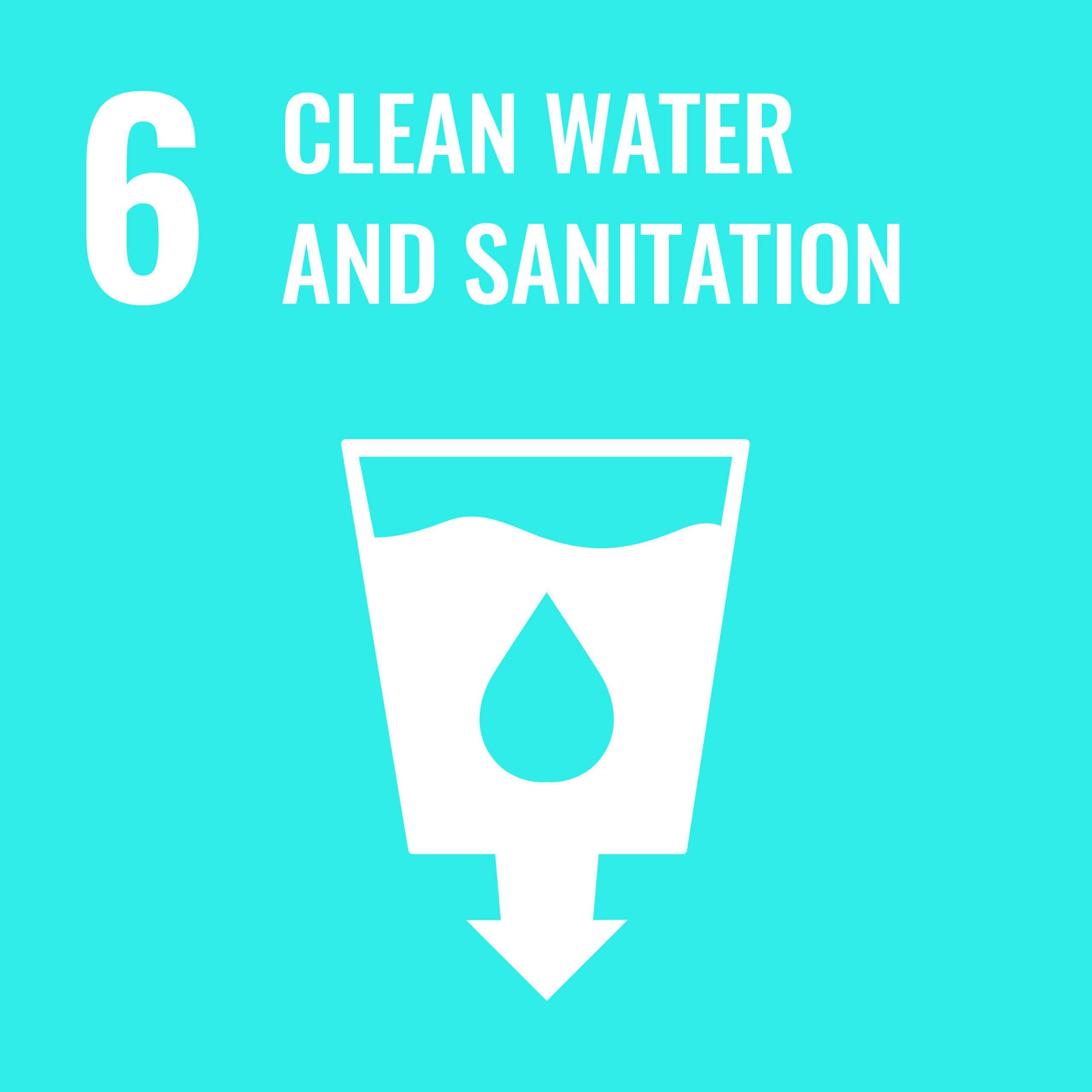
Goal 6:
Ensure availability and sustainable management of water and sanitation for all.
The rivers in Pune are polluted with the demands made on them by an ever growing population. There are natural recharge areas where water from rivers and other aquifers recharge the ground water.
As per estimates done by various agencies Pune’s net water requirement has crossed over 18 TMC. As per PMC’s records, around 13 TMC of water is currently supplied to Pune city. At present, most parts of the city face acute water scarcity, especially during the summer months. During these deficit periods, areas that receive less water than their requirement often rely on dug wells and borewells.
Contaminated groundwater due to leaking-sewage lines is one of the important factors pushing Punekars to close down the groundwater sources such as dug wells and borewells or refrain from using the water from these sources. Groundwater contamination has been detected in a number of groundwater sources such as springs and dug wells across the city. The surface water sources such as rivers and streams are not behind in terms of bacteriological contamination. (source : https://urbanwaters.in/cities/pune/)
Punaravartan works towards this end to prevent soluble and insoluble pollutants from ending up in Pune’s water bodies.
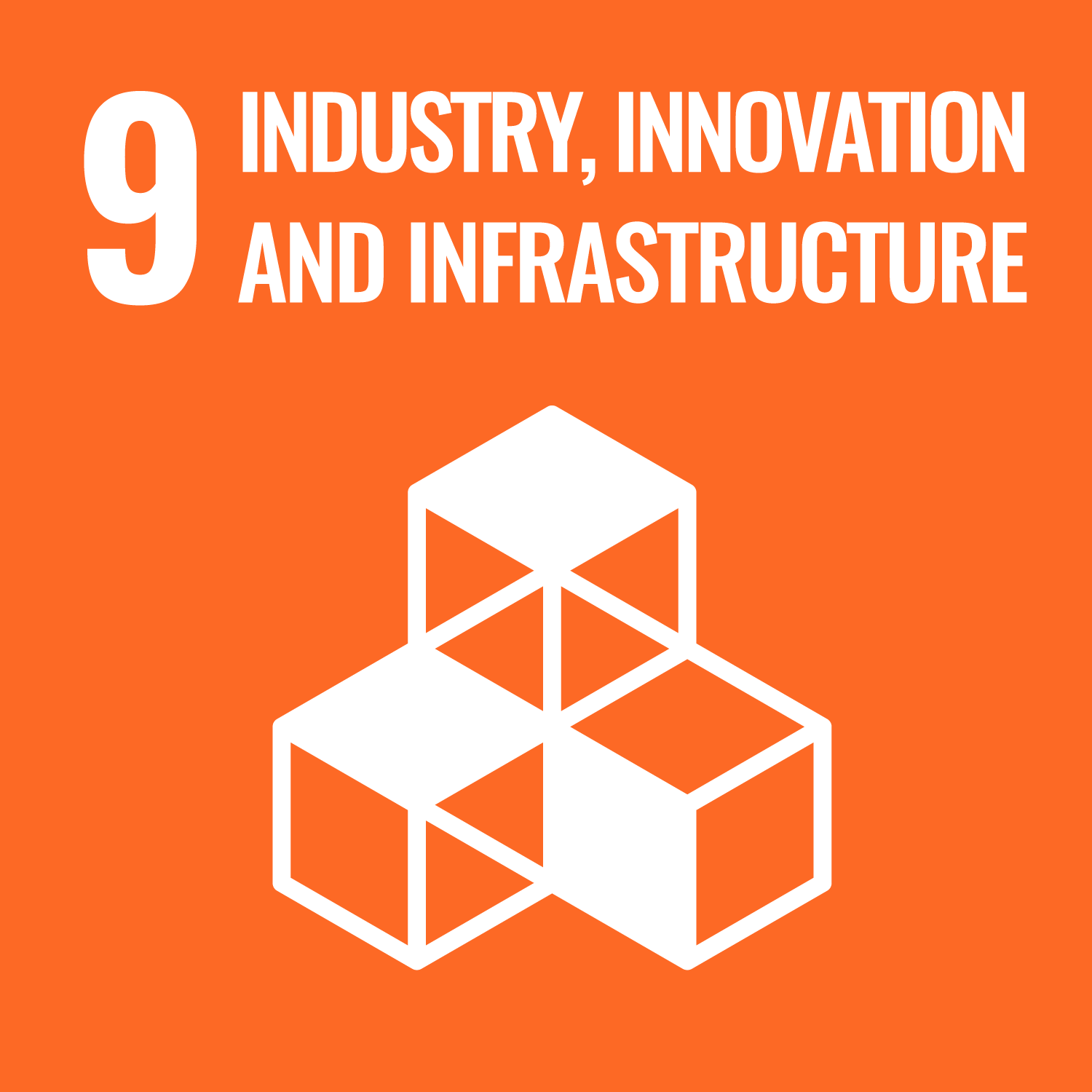
Goal 9:
Build resilient infrastructure, promote inclusive and sustainable industrialization and foster innovation.
Ganesh idols have been made in Pen in Maharashtra for over a 100 years, but what started out with clay, eventually moved to plaster of Paris (POP) as it was easier to do so.
Every year 7-8 lakh Ganesh idols of various shapes, sizes and forms are produced in over 550 workshops. (source: https://www.dsource.in/resource/pen/place)
Idols made out of POP do not dissolve in water and contributes to water pollution (Vyas et al 2008) the paints and other colouring agents contain lead, mercury etc and are toxic to the aquatic life disrupting their life cycle (Bhattacharya et al 2014) The polluted water poses a serious health concern when used for drinking, bathing etc. (Upadhyaya & Bajpai 2010) (source: https://neptjournal.com/upload-images/(15)B-3737.pdf)
Since industry practices had stagnated for over 50 years, it was time for an innovation aligned with the current needs and the SDGs. The reuse of immersed clay is an innovation that ensures no toxic material ends up in the water supply. It is an innovative step toward small scale industrialization. The colouring agents also are made of natural materials like turmeric and red earth that are safe for water creatures should the idol end up in a water body.
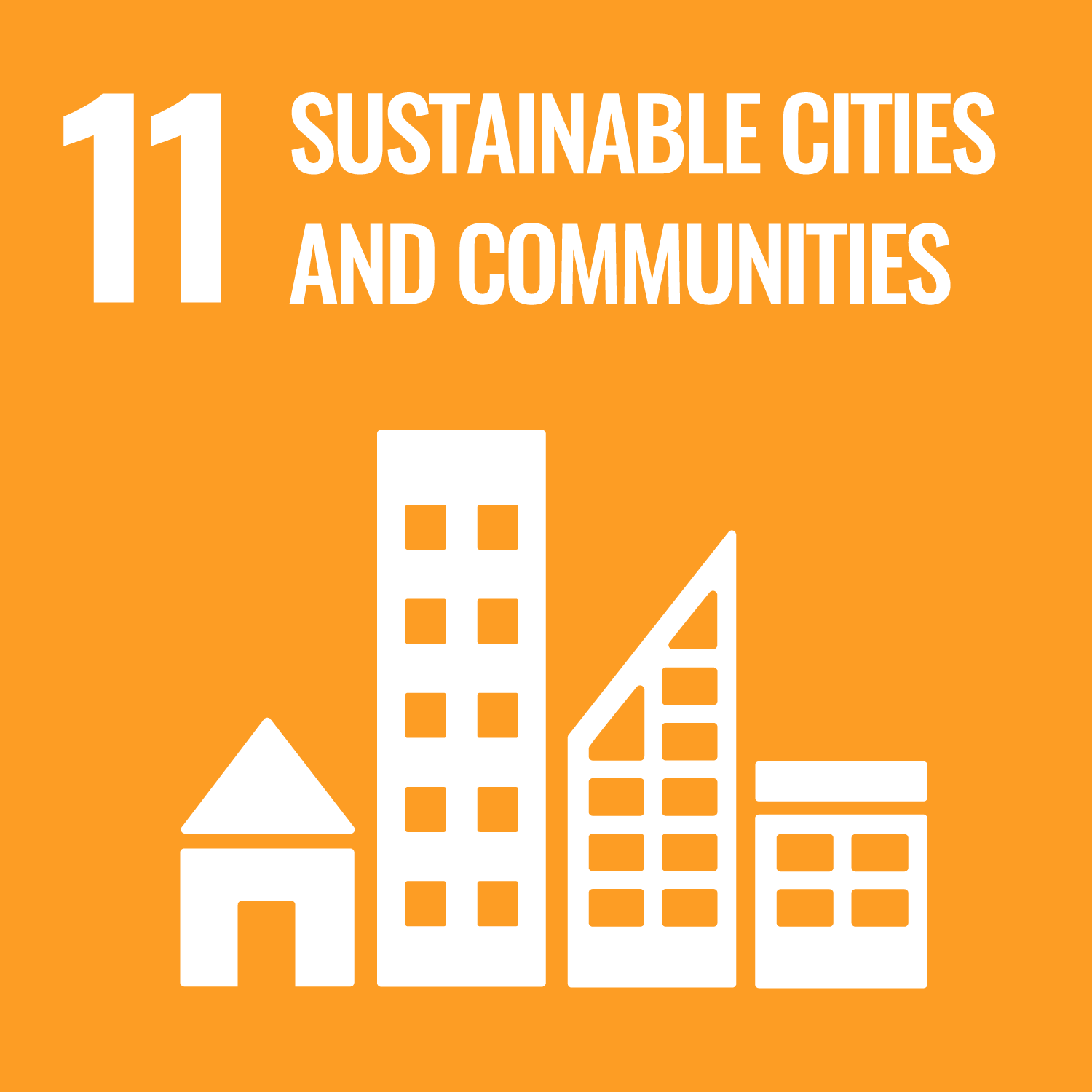
Goal 11:
Make cities and human settlements inclusive, safe, resilient and sustainable.
Since time immemorial, human settlements have evolved on the banks of rivers. The Mula and the Mutha rivers of Pune are older than the rivers from the Himalayas and have had settlements along their banks for centuries.
The river flows through the village of Kavadi in the Pune district, witnesses many migratory birds. However, increase in pollution in the recent years has resulted in a reduction in the number of birds.[2]Pollution from effluents released into the river at Pune has been found to cause high levels of pollution in the Bhima River, the reservoir of Ujani dam and Krishna River, too, resulting in many water-borne ailments (https://en.wikipedia.org/wiki/Mula-Mutha_River)
It is essential that any pollutants that can end up in the river must be reduced if not eradicated. Tonnes of POP and toxic chemicals in water bodies and quarries in and around cities which degrade and release pollutants into the water, air and land degrading these natural resources.
With the use of clay idols that are decorated with just turmeric and natural materials, Punaravartan ensures that there is no pollutant introduced into the settlements. Also, the cities and nearby rural areas that produce these idols are made safer. The cities also become resilient and self-reliant as the material is recycled and available for the artisans at little or no cost. It is also a training to those who live in the city to think and act sustainably, even when its about celebrating local festivals.
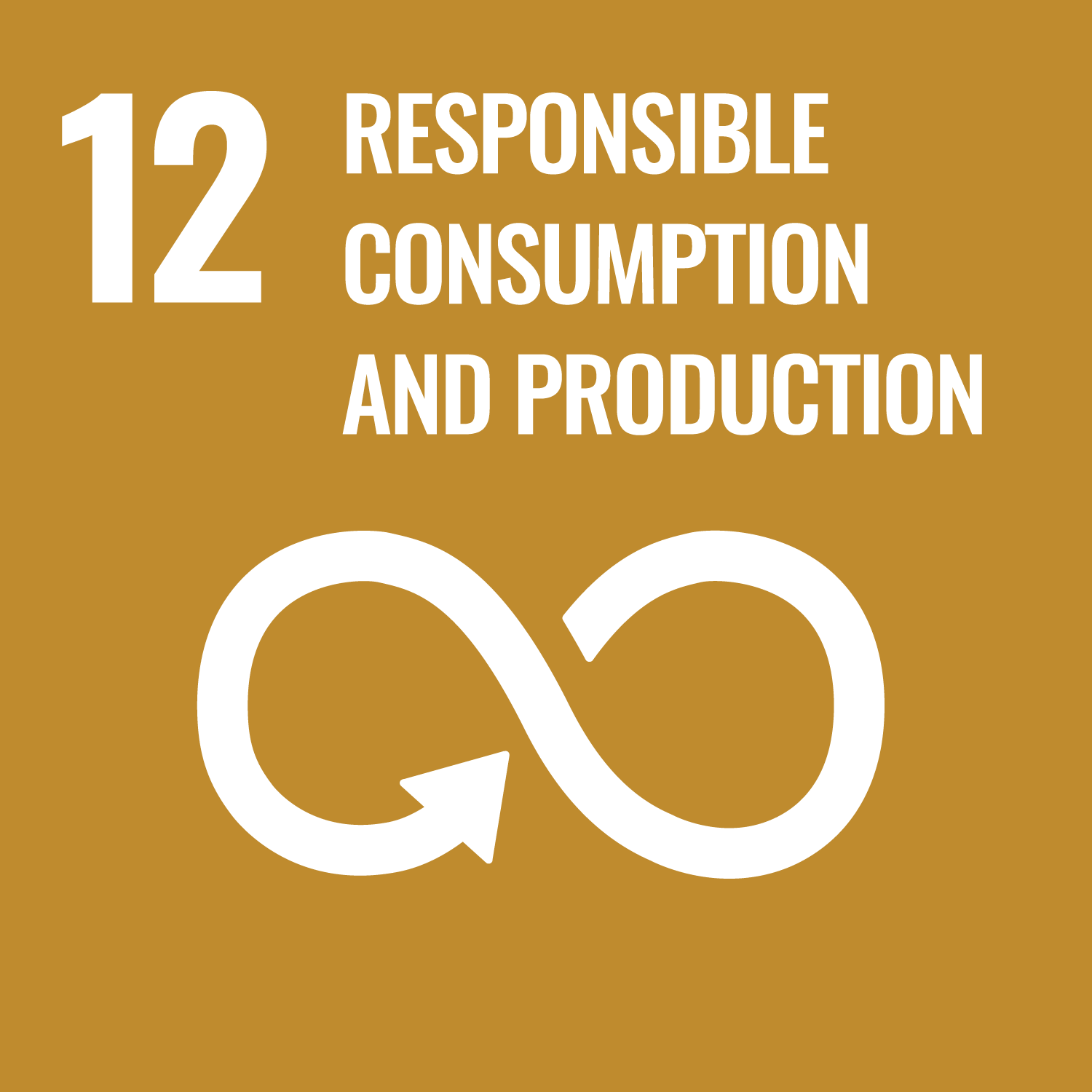
Goal 12:
Ensure sustainable consumption and production patterns
Sustainable consumption is the bulwark for climate action decisions. Even though clay is a natural resource, it is lost to the artisans and consumers when it is immersed in a river where it settles as a lining on the river bed. It cannot be gathered again, nor does it contribute anything to the river in a positive manner. Punaravartan is all about ensuring sustainable consumption and production patterns.
While the tradition of crafting Ganesh idols in Pen dates back 125 years, the region has now evolved into a prominent ‘Ganesh-making hub,’ employing over two lakh workers in idol factories with an annual turnover of about ₹600 crore.(https://www.thehindubusinessline.com/news/ganesha-has-blessed-his-makers-with-a-turnover-of-rs-600-cr/article67311168.ece)
Even as there is a move towards more natural resources, consumption can be truly sustainable only when there is recycling of the materials for product manufacturing. Punaravartan has over the past two years collected and distributed over 45 tonnes of clay to artisans and other initiatives, making it truly sustainable consumption.
This is in keeping with the concept of a circular economy, a model of production and consumption, which involves sharing, leasing, reusing, repairing, refurbishing and recycling existing materials and products as long as possible. In this way, the life cycle of products is extended. In the extant case of Punaravartan, the idols (the product) are collected post immersion in their material form and reused, thus ensuring life extension and circularity.
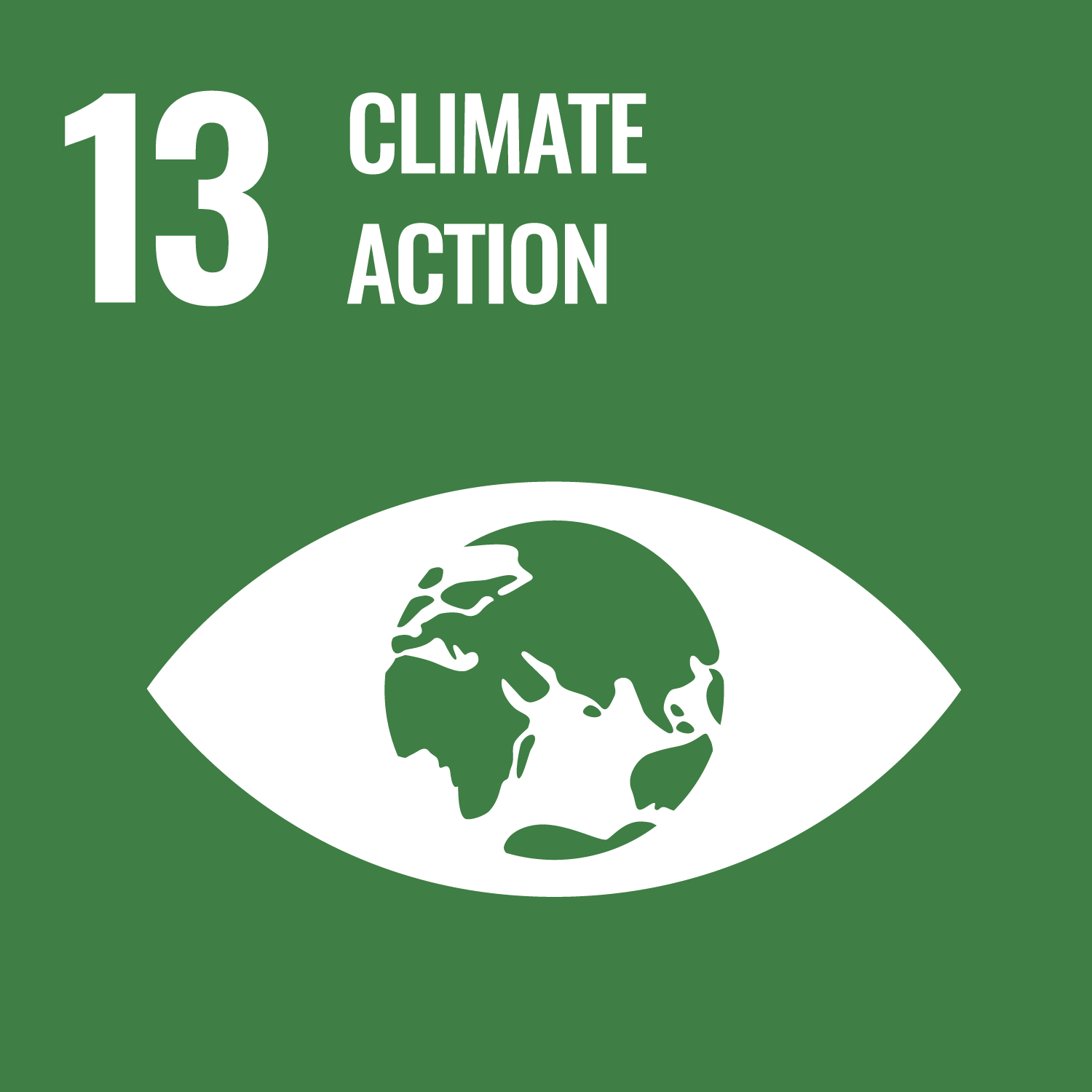
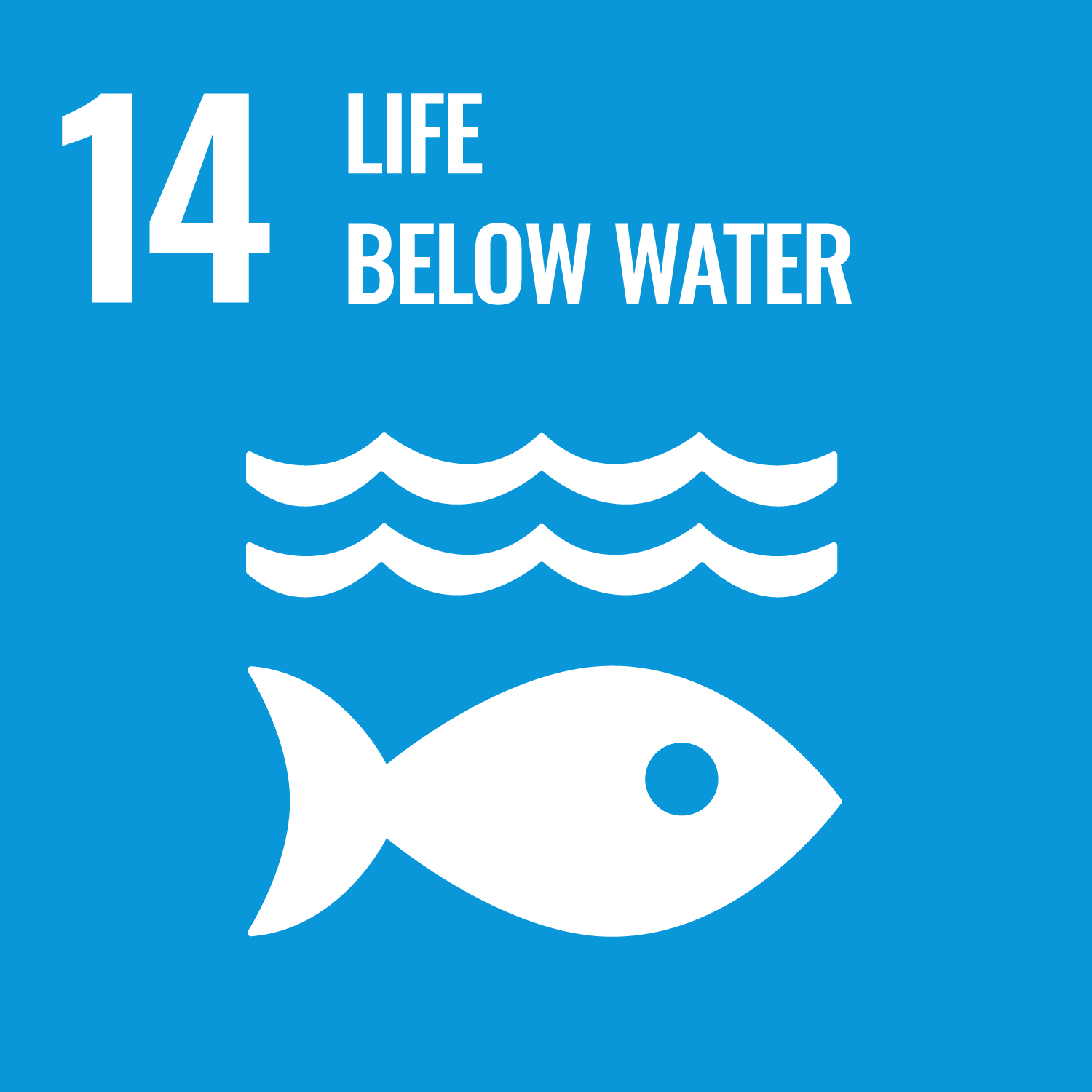
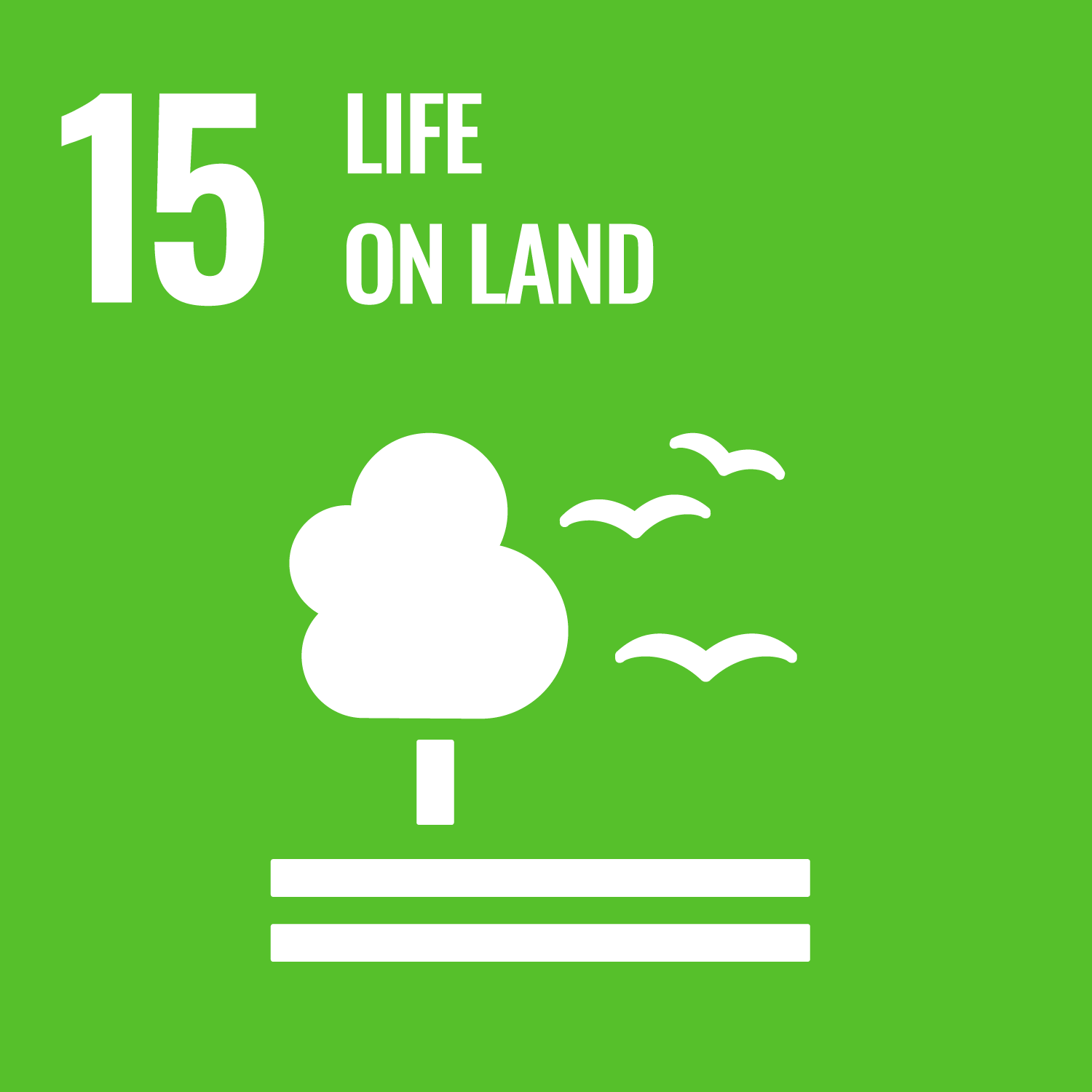
Goal 13, 14 and 15:
Climate action, Life below water, life on land.
These three goals are inextricably entwined and are central to the idea of Punaravartan. Taking the right climate change action ensures a safe guard for life below water and on land. While climate action sounds rather overwhelming, individuals have some power over how they choose to consume resources and can make informed decisions. When idols are immersed in rivers it irrevocably changes the composition of water and impacts the life below water. The toxins in paints and POP etc affect the flora and fauna of the river. Animals that drink from the river and graze on the banks downstream get affected as well.
Earth’s climate is changing due to large variations in the carbon cycle induced by increasing emissions of carbon dioxide from burning fossil fuels. We all know about the uptake of carbon dioxide by plants photosynthesising, but do we all know about rivers? Rivers not only provide the nutrients for our agriculture and the water for us to drink, but they also provide one of the main ways of moderating climate. Altering the chemistry and the course of rivers may have profound impacts on how they transport carbon.(https://www.bbcearth.com/news/the-rivers-that-help-balance-our-climate)
Punaravartan provides consumers of the idols the information and also empowers them to act in a responsible manner. It helps close the loop and ensures that the resources are utilized in a climate positive manner, thus making life under water and on land much safer.
Apart from these SDGs, Punaravartan is aligned with several other SDGs like poverty alleviation, as most of the artisans who make the idols by hand are below poverty line and getting the material free of cost is a major step towards lifting them out of the poverty trap. Partnership for goals and collaborative action has always been the way forward for community initiatives and be it collaboration with similar institutions, schools, municipalities and regulatory bodies, eCoexist which spearheads the initiative does so with partnerships as its mainstay. It has also been adopted by several other cities across India, making it a collaborative climate action initiative with widespread reach.
The SDGs provide a blueprint for peace and prosperity for people and the planet, now and into the future. When followed in spirit they will make the planet a better and more inclusive place for all of us. Punaravartan is rooted in the idea of sustainability and inclusion and is aligned with the United Nations Sustainable Development Goals.
About the author : Applying an environmental lens to the issue of urban waste management, Suchismita Pai actively involved in multiple collaborations with community partners to initiate sustainable behaviour and improve waste management practices in the city and also improve the livelihoods of the marginalised. She was on the core group of the Punaravartan team in 2022 and 2023 and helped to set the foundations on which it grew. Reach her at paisuchi@gmail.com